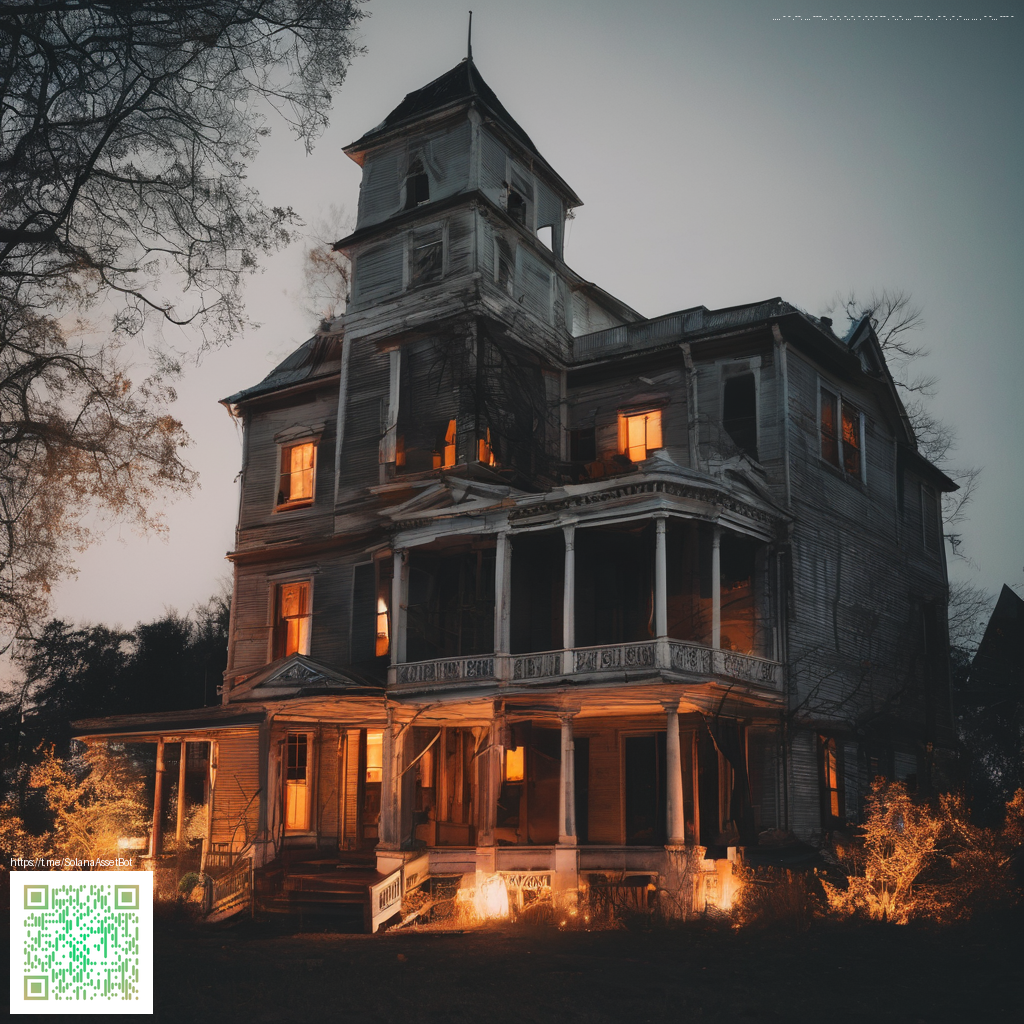
Dead Fire Coral in Minecraft A Small Block With Big Creative Potential
Dead Fire Coral is one of those tiny underwater details that can unlock expansive ocean builds. Introduced during the Update Aquatic era it has found its place in coral reefs and sunken masterpieces across many worlds. This block is a texture rich option for people who love underwater storytelling and modular designs beneath the waves.
From a gameplay perspective this block is simple yet intriguing. It has a hardness and resistance of zero which means it breaks quickly with any pickaxe. It is water logged in certain situations so the block can coexist with water above and around it. While it does not emit light and does not provide a resource drop when mined a single piece can set the mood of an underwater scene. Its transparent nature helps it blend into the watery backdrop while still offering a bit of color and structure.
What makes it unique in the block data
- Color and texture a muted coral texture that adds depth to reef scenes
- Waterlogged state supports two modes during world generation and building
- No item drops breaking the block yields no additional material
- Quick to place and replace with a low effort maintenance for underwater builds
Where to place and how to use it in builds
The best use comes from pairing this block with other reef elements. Place it along the ocean floor to add natural texture to sandy or rocky seabeds. You can mix it with live coral blocks and coral fans to craft a layered reef face. If you want a dramatic underwater corridor or temple approach, line pathways with Dead Fire Coral to guide the eye without overpowering your lighting plan.
Because the block is transparent and does not emit light, it can be a perfect backdrop for glow squids or sea lanterns. A careful balance between colored glass panes and coral textures can create a cinematic underwater scene perfect for exploration bases and lore filled underwater cities. And since the block is easily harvested, you can reposition pieces without worrying about long mining sessions.
Building tips and aesthetic tricks
- Combine Dead Fire Coral with sea lanterns to suggest underwater lantern groups without high brightness
- Use it to create coral arches that frame doorways or windows in underwater habitats
- Place multiple coral blocks at different heights to simulate a natural reef silhouette
- Experiment with waterlogged variants to keep water in tight architectural features while still showing coral texture
Technical quirks and modding culture
In vanilla Minecraft this coral block does not drop items when broken, which makes it more of a visual component than a resource. That is a design choice that pushes builders toward a storytelling approach rather than a resource gathering one. In a modded or heavily customized world you might see plugins or mods that twist this behavior for decorative or collectible purposes. The two state options for waterlogged play a role in how you place blocks underwater or just below a wave crest during build sessions. Community projects often showcase reef style microcities and underwater gardens that rely on the Dead Fire Coral to break up flat walls and add natural variation.
For players curious about version context the coral family became a signature feature during the 1.13 era and has seen refinements through subsequent updates. Even when you are playing on fresh worlds or long running servers this block remains a reliable instrument for conveying underwater atmosphere. It invites experimentation and proves that good lighting and clever placement can elevate simple textures into memorable scenes.
Inspiration from the community
Many builders share underwater gallery ideas where Dead Fire Coral and related reef blocks form winding corridors, sunken libraries, or temple ruins. The challenge is not just placing blocks but pairing textures with lighting to craft mood. Creative minds in the community often record small time lapse builds showing how a handful of coral blocks, water flows, and glass choices can transform a dark ocean trench into a living piece of art. If you are new to underwater design this block is a friendly starting point for exploring color, depth, and balance beneath the waves. 🧱💎🌊
Version and patch context
Dead Fire Coral fits into the broader coral ecosystem added during the Update Aquatic and remains a dependable option for players who want a no fuss decorative block. As patches arrive and world generation changes, builders can rely on its two state waterlogged behavior to adapt to different water levels and biomes. Keeping an eye on patch notes helps ensure you know how the block behaves when you load a seed with unusual reef structures. If you enjoy architectural experimentation in oceans or near coastlines this is a small piece that yields big design payoff.
Pro tip for fans of underwater builds: plan your reef in layers. Start with a base of sand and gravel then add Dead Fire Coral to create natural irregular edges. Layer higher coral blocks and fans for a sense of living texture that reacts to your lighting choices without overpowering the scene.
Support our Minecraft projects
We love sharing discoveries like Dead Fire Coral with the open Minecraft community. If this article helped your underwater ambitions consider supporting our ongoing work with a donation. Your generosity fuels more guides, builds, and creative collaborations across the network.
Support Our Minecraft Projects